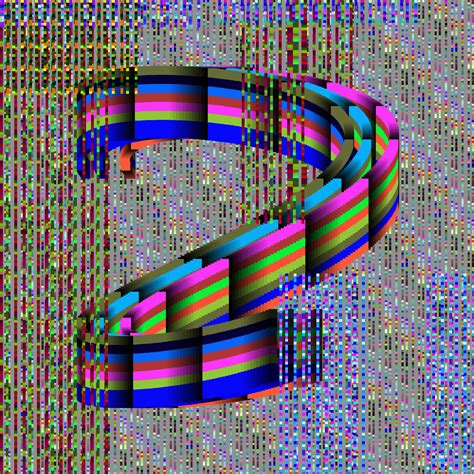Generative Art and NFTs: The Future of Digital Collectibles
The art world is constantly evolving, and one of the most exciting trends in recent years is generative art. This innovative field combines computer algorithms with artistic expression to create unique, interactive works that are both visually striking and intellectually stimulating.
What is generative art?

Generative art is a type of digital art that uses algorithms and machine learning techniques to produce an original work. Unlike traditional art forms that require human intervention from start to finish, generative art can be created on the fly using software or hardware. This means that artists can create multiple iterations of their work, each with its own unique characteristics.
NFTs: The New Standard for Digital Collectibles
Non-Fungible Tokens (NFTs) have been touted as the next big thing in digital collectibles. Launched on the cryptocurrency platform Ethereum, NFTs are unique digital assets that can be bought, sold, and traded like traditional works of art.
How do NFTs work?
An NFT is essentially a certificate that proves ownership of a specific digital item, such as a piece of art, a piece of music, or even video game data. When an artist creates an NFT, they are essentially creating a unique token that can be stored on a blockchain (a distributed ledger that records transactions).
Generative Art and NFTs: A Match Made in Heaven
The intersection of creative art and NFTs has the potential to revolutionize the way we experience and use digital collectibles. By combining the unpredictability of generative art with the scarcity of traditional collectibles, artists can create unique works that are both valuable and desirable.
Why are NFTs important for generative art?
NFTs offer a unique solution for creating and validating ownership of digital art, allowing artists to monetize their creations in new and innovative ways. They also allow for multiple iterations of an artwork, ensuring that each piece is distinct from its predecessors.
Case Studies: Successful NFT Collections
Several notable artists have already released successful NFT collections using platforms such as OpenSea, Rarible, or SuperRare. These collections have not only generated significant revenue for artists, but have also introduced new business models and revenue streams for collectors.
Conclusion
The future of digital collectibles is bright, and creative art and NFTs are at the forefront of this revolution. By combining the creativity of artists with the blockchain technology of cryptocurrencies, we can open up new opportunities for innovation and commercialization. As the art world continues to evolve, it will be exciting to see how these technologies shape the future of collectibles.
Sources:
- Wikipedia’s “Generative Art”.
- “Non-Fungible Tokens (NFT)” by CryptoSlate
- Forbes’ “The Rise of NFT in Digital Collectibles”.
Note: This article is a general overview of generative art and NFTs. If you would like me to elaborate on a specific point or provide more information, please feel free to ask!

